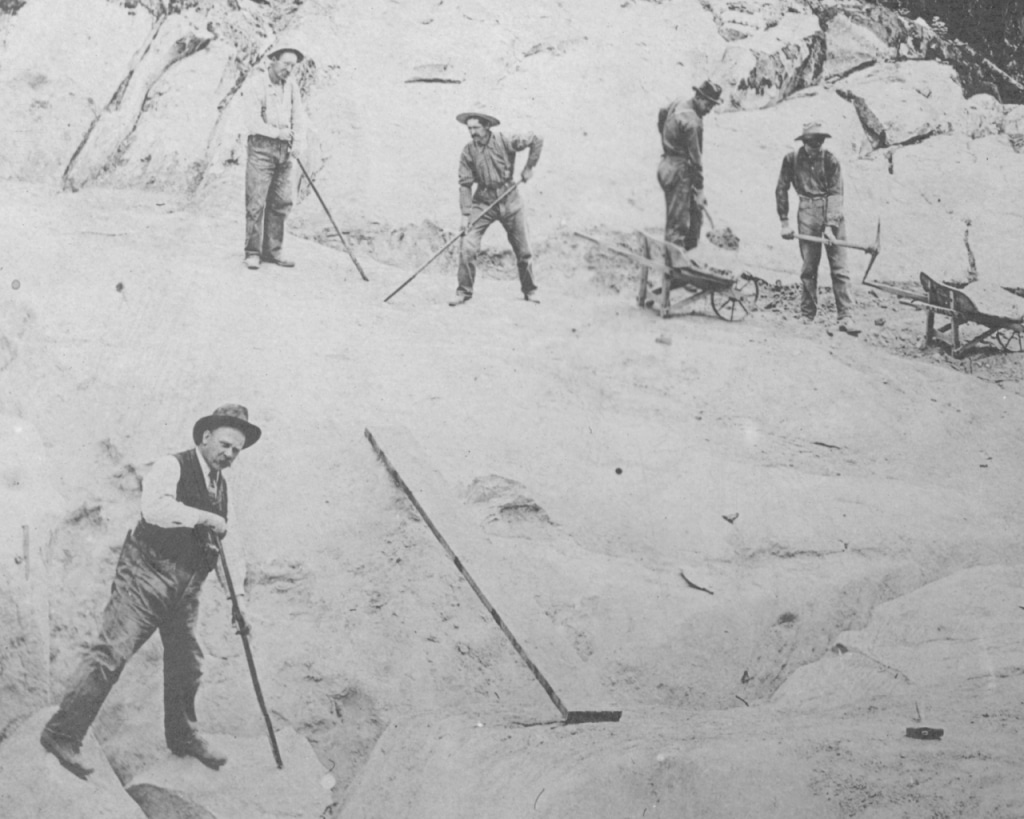The Light Bulb is the Worst Symbol of Invention
Invention is the heavy lifting of 1000’s of failed experiments, not a grand vision that pops into someone’s head.

The light bulb is the universal symbol of “invention.” It is the worst – and best – example of invention, but not in the way you think it is.
Invention has been portrayed in lore as that “aha” moment, when the clouds part, the angels sing, and through a bolt of lightning, the inventor is given a revelation that transcends ordinary human thought.
This is the worst example of how invention really happens.
Invention is hard work, grinding away over thousands of experiments to improve a product.
Invention is the heavy lifting of endless testing, improving, refining, and testing again. Invention is a long series of small steps, not one giant jump.
The most valuable patents are not the giant insight that electricity could be used for light. That concept is quite obvious by just seeing the spark of electricity.
The most valuable patents are the ones that capture the hard work to make the light practical.
As angel investors, it is very easy to fall in love with the giant vision of the entrepreneur. “Wouldn’t it be great if we all had self-driving cars that went 100 mph through the city so you can get anywhere in 5 minutes?” But someone has to do the hard work of solving every engineering and business problem to reach that grand vision.
In hearing this type of pitch, many angel investors do a knee-jerk question: “Do you have a patent on that?”
Yes, a patent on such a technology would make an investor filthy rich – if everything worked out. But that is not reality.
Sadly, the uninformed angel investors who are spitting out the question about patents is forcing the entrepreneur to do something very bad: get a patent too early.
Early patents – ones where the technology has not been fully worked out – are a big problem for startups. Not at first, but later on, as the company matures and begins to work through the difficult challenges, those early patents with half-baked, hand-waving explanations turn into debilitating prior art that is used against the entrepreneur.
Patent attorneys often say “put everything you know into the patent application because we want an early filing date” are only thinking of their own wallet, not the best interest of the company.
Because I provide IP-backed loans, I often see patent portfolios that have 5, 10, or 15 years of age to them. It is not unusual for a startup to take a decade or more before they unlock the last piece of the puzzle and the hockey stick shoots upward.
Those early patents on the “grand vision” of the company hurt these companies immensely. Often, the early patents are full of brainstorming ideas turn into prior art. That prior art hurts the company when it starts working on those problems. The result is either a long set of continuation applications (where the patent attorney is guaranteed thousands of dollars a year in fees for a decade or more) or deadly prior art that can eviscerate a later patent.
In either event, the patent strategy results in a bad ending.
Good patents are the result of hard work.
If you are filing a patent on the “vision” without doing the heavy lifting, odds are that the patent will not only be a waste of time, it will handcuff the company from reaching the goal you set out to achieve.